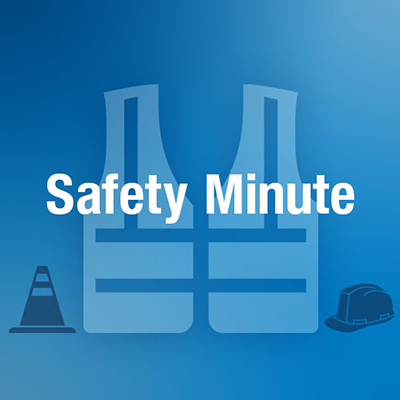OSHA National Safety Stand-Down 2018: What are the Fall Protection Requirements When Operating an Aerial Work Platform?
by Scott Owyen - Director of Training On May 10, 2018, 03:00 AM
Subscribe To Aerial Pros
Filter by tags
The number one priority on any aerial jobsite should be to promote a safe workplace for both the operators and the equipment. To do this, it is important for everyone onsite to follow safety rules and regulations set forth by industry agencies such as ANSI and OSHA, as well as outlined in the equipment manufacturers’ guidelines.
 Fall protection, such as wearing a harness and lanyard, is crucial for operator safety when working on aerial equipment such as articulating, telescopic and trailer-mounted booms. To prevent incidents and mishaps from happening on an aerial jobsite, it is important that you proactively make sure everyone who comes in contact with your aerial work platform understands and adheres to all fall protection requirements.
Fall protection, such as wearing a harness and lanyard, is crucial for operator safety when working on aerial equipment such as articulating, telescopic and trailer-mounted booms. To prevent incidents and mishaps from happening on an aerial jobsite, it is important that you proactively make sure everyone who comes in contact with your aerial work platform understands and adheres to all fall protection requirements.
Different types of aerial work platforms have specific requirements for fall protection, here’s what you need to know:
Fall Protection Requirements on Manually Propelled and Scissor Lift Products:
Standards for Manually Propelled Elevating Work Platforms (ANSI A92.3 and CSA B354.1) and
Self-Propelled Elevating Work Platforms (Scissor lifts) (ANSI A92.6 and CSA B354.2) do not
require the use of PFPE in addition to guardrails.
Fall Protection Requirements on Booms:
Use of approved Personal Fall Protection Equipment (PFPE), in addition to a guardrail for operator fall protection, is required in the U.S. and Canada for boom-mounted aerial platforms. All occupants in boom‐supported aerial work platforms must wear personal fall protection, with the lanyard attached to the designated anchorage, whenever they are in the platform.
This requirement is mandated by the standards for Boom-Supported Elevating Work Platforms (ANSI A92.5 and CSA B354.4) and Vehicle-Mounted Elevating and Rotating Aerial Devices (ANSI A92.2 and CSA C225) and enforced by OSHA (USA) and Provincial (Canadian) authorities.
If an operator is required to use PFPE, Genie provides approved lanyard attachment points in every aerial work platform it manufactures.
 Personal Fall Protection Requirements on Boom‐Supported Aerial Work Platform
Personal Fall Protection Requirements on Boom‐Supported Aerial Work Platform
The following is a general summary of fall protection requirements as discussed above for boom-supported aerial work platforms:
- An employer is responsible for providing approved fall protection for all employees/operators.
- A personal fall arrest system used on a boom type aerial lift cannot allow the operator to fall more than 6 ft, exceed 1,800 lb arresting force or allow the operator to come into contact with any lower surface.
If you have questions regarding fall protection requirements for your aerial work platforms, we encourage you to contact the Product Standards and Compliance Group at 800-536-1800.
Related Posts

OSHA National Safety Stand-Down 2018: 10 Tips for Safely Operating Telehandlers on the Jobsite
A telehandler is one of the most frequently used tools, and most versatile pieces of equipment on a jobsite.
Continue Reading

Genie Safety Minute: Fall Protection
Genie Safety Minute is intended to facilitate health and safety discussions on the job site.
Continue Reading


